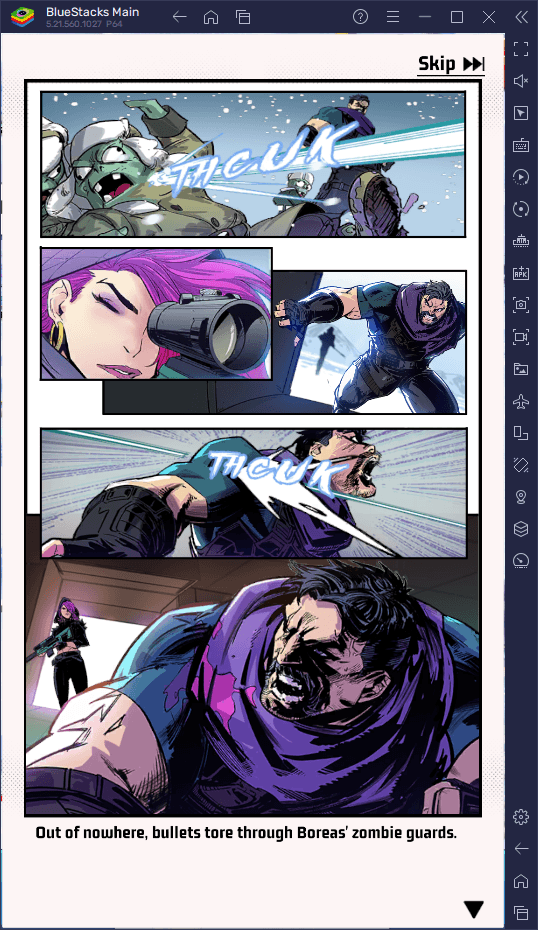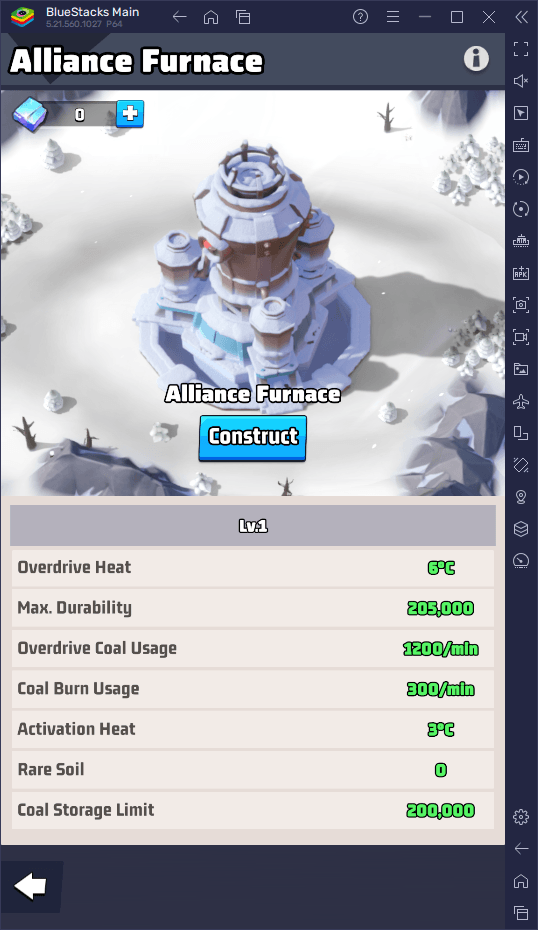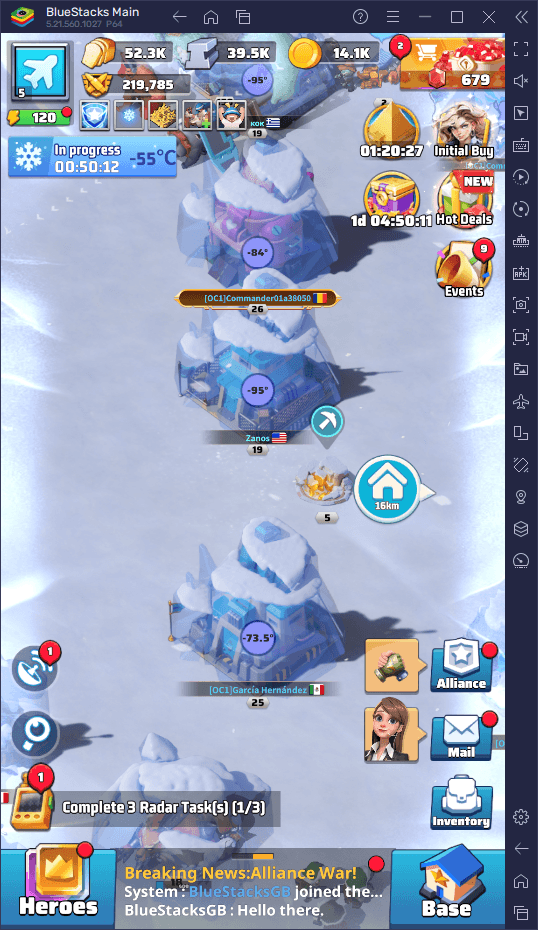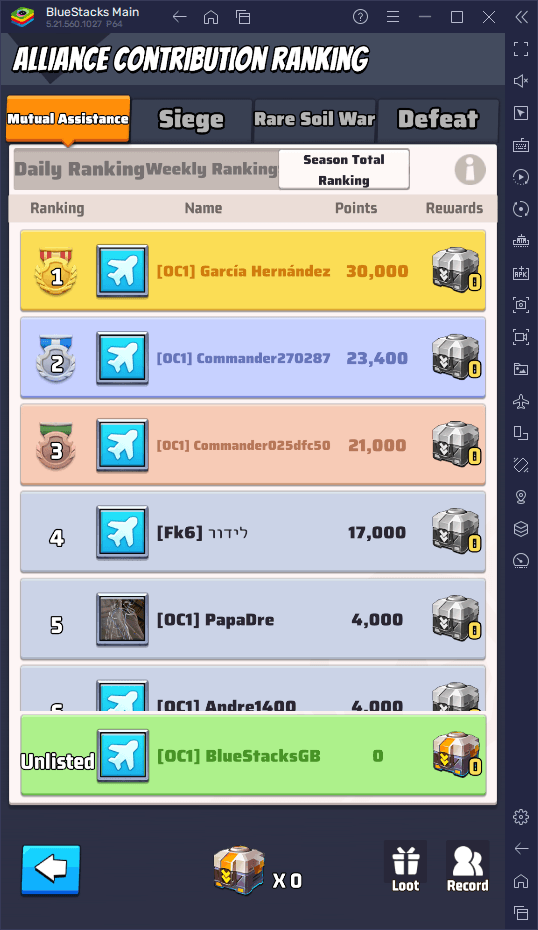Season 2 Guide for Last War: Survival Game – Key Features and New Mechanics Explained

Season 2 of Last War: Survival Game brings an icy new challenge in the form of Polar Storm. Players are transported to a harsh polar region where they must face off against Emperor Boreas, who has frozen the land by shutting down all heat sources. The cold climate isn’t the only threat, as rival warzones are also fighting to take control of the region’s rare resources.
In this guide, we’ll walk you through the most important mechanics of Season 2, from the challenges of extreme temperatures and viral threats to capturing key cities and dig sites. Whether you’re new to this strategy game or a returning player, this guide will help you prepare for the chilling battles ahead. For a more comprehensive overview, we recommend checking out the Season 2 guide at Last War Tutorial; they’ve done a fantastic job preparing guides, tutorials, and strategies for maximizing your progress in Season 2.
With that said, let’s begin!
Season 2 Setting and Story
Season 2 takes place in the polar region, a frozen wasteland under the tyrannical rule of Emperor Boreas. Once a prosperous industrial zone, the polar region is now lifeless and covered in snow after Boreas shut down all furnaces, leaving the land in a perpetual state of cold. Your goal is to defeat Boreas, open the furnaces, and restore life to the region. But you won’t be fighting alone—other warzones are also competing for control of the polar region’s valuable resources, including the new Rare Soil.

As you advance through the season, you’ll need to capture strategic locations, maintain your base’s temperature, and work with your alliance to claim vital rewards.
New Resources: Coal and Titanium Alloy
Season 2 introduces two new resources that are essential for upgrading your base and progressing through the season:
- Coal: This resource is used to fuel your High-heat Furnace and to upgrade certain seasonal buildings like the Titanium Alloy Factory. You can earn coal by completing season quests, capturing dig sites, and participating in alliance activities.
- Titanium Alloy: Used primarily for upgrading your furnace, titanium alloy can be gathered through specific missions, dig site captures, and by upgrading your Titanium Alloy Factory.

Both resources are crucial for advancing through the season, so capturing dig sites and maintaining control of them is key to gathering enough coal and titanium alloy to stay competitive.
Managing the Cold: Temperature and Furnaces
In this season, one of the most important mechanics is managing the extreme frigid temperatures of the setting. The closer you get to the center of the map, the colder it gets, with temperatures dropping as low as -80°C near the Capitol. If your base’s temperature drops too low, you’ll face debuffs that slow production, reduce healing speed, and lower troop morale.
To combat the cold, you’ll rely on the High-heat Furnace. This new building, powered by coal, allows you to raise the temperature of your base and increase your virus resistance. You can also upgrade the furnace using titanium alloy, another new resource in Season 2. Upgrading the furnace not only improves heat output but also boosts your resistance to the viral threats in the region.

Additionally, alliances can build and operate an Alliance Furnace, which heats a wider area around the furnace, providing warmth to all alliance members nearby. A good Last War tip here is to stay close to the Alliance Furnace or captured cities, as this can help maintain a stable temperature, especially during cold wave events like blizzards.
Capturing Cities and Dig Sites
Season 2 introduces a revamped capture system, with cities and dig sites scattered across the map. Cities and dig sites not only provide resources but are also key to producing Rare Soil, the most important resource in this season.
- Cities: Each city that you capture becomes a source of heat and Rare Soil. Each city has its own furnace that generates heat for the entire area, making it easier to keep your base warm. Higher-level cities produce more rare soil, which is vital for ranking in Season 2’s leaderboard and earning better rewards.
- Dig Sites: These are similar to strongholds from Season 1 but now play a more significant role in resource production. Dig sites are guarded by polar beasts, which must be defeated to take control. Once captured, dig sites continuously produce coal and rare soil, both of which are essential for maintaining your base and advancing through the season.

The capture process for both cities and dig sites involves launching coordinated rallies with your alliance. Having high virus resistance is key to taking down the polar beasts guarding these sites, so make sure your team is well-prepared.
Rare Soil and Alliance Contributions
In Season 2, the focus shifts to accumulating Rare Soil, a resource that will determine your alliance’s ranking at the end of the season. The more cities and dig sites your alliance controls, the more rare soil you’ll produce over time. This means that even after capturing a site, maintaining control and defending it from rival alliances is critical.
Throughout the season, alliances can track their progress and see how much rare soil they’ve accumulated by visiting the Alliance Furnace menu. At the end of Season 2, rewards are distributed based on how much rare soil your alliance has produced, with higher-ranking alliances receiving better rewards.
Key Events: Rare Soil War and Faction Awards
One of the most exciting additions to Season 2 is the Rare Soil War, which kicks off in the fourth week of the season. Warzones are divided into two factions, and alliances from opposing factions battle to steal Rare Soil from each other’s furnaces. This event adds an extra layer of strategy as you’ll need to coordinate with your faction to defend your territories and plunder enemy alliances.
The Faction Awards event in week 3 determines which warzones join each faction, with players voting for their preferred side. After the factions are locked in, alliances will work together to capture rare soil and maintain control of their cities and dig sites.

Season 2: Polar Storm offers a new, challenging environment with harsh temperatures, viral threats, and strategic battles for control of rare resources. Managing your base’s heat, capturing vital cities and dig sites, and working with your alliance to accumulate rare soil are all crucial to your success in this season.
And if you want to enjoy an even better gaming experience, don’t forget to play Last War: Survival Game on PC with BlueStacks. With better controls, improved performance, and additional features, BlueStacks makes managing your base and dominating the polar region easier than ever.
















